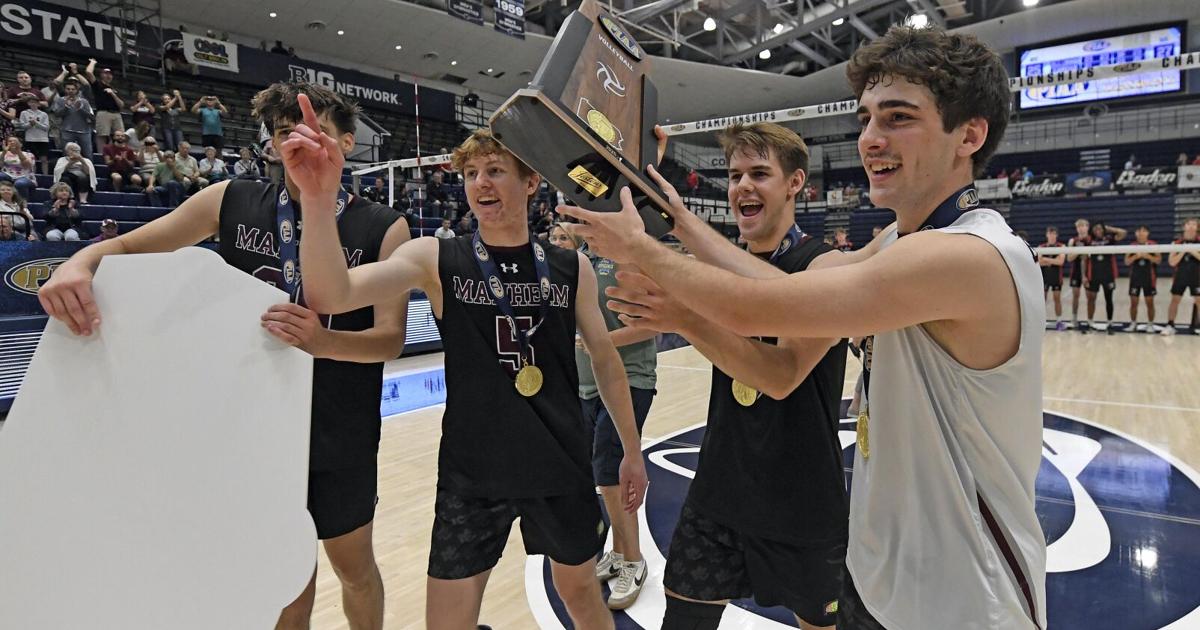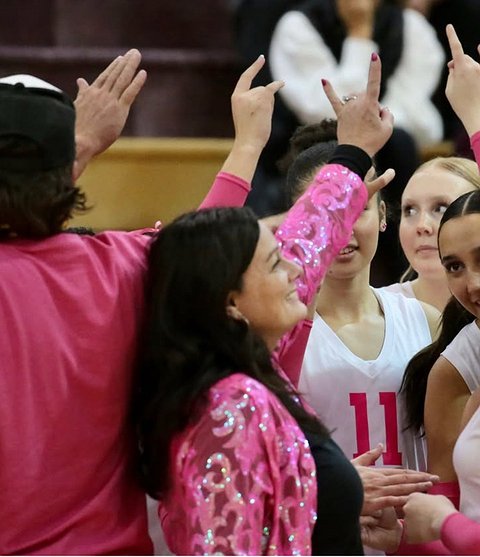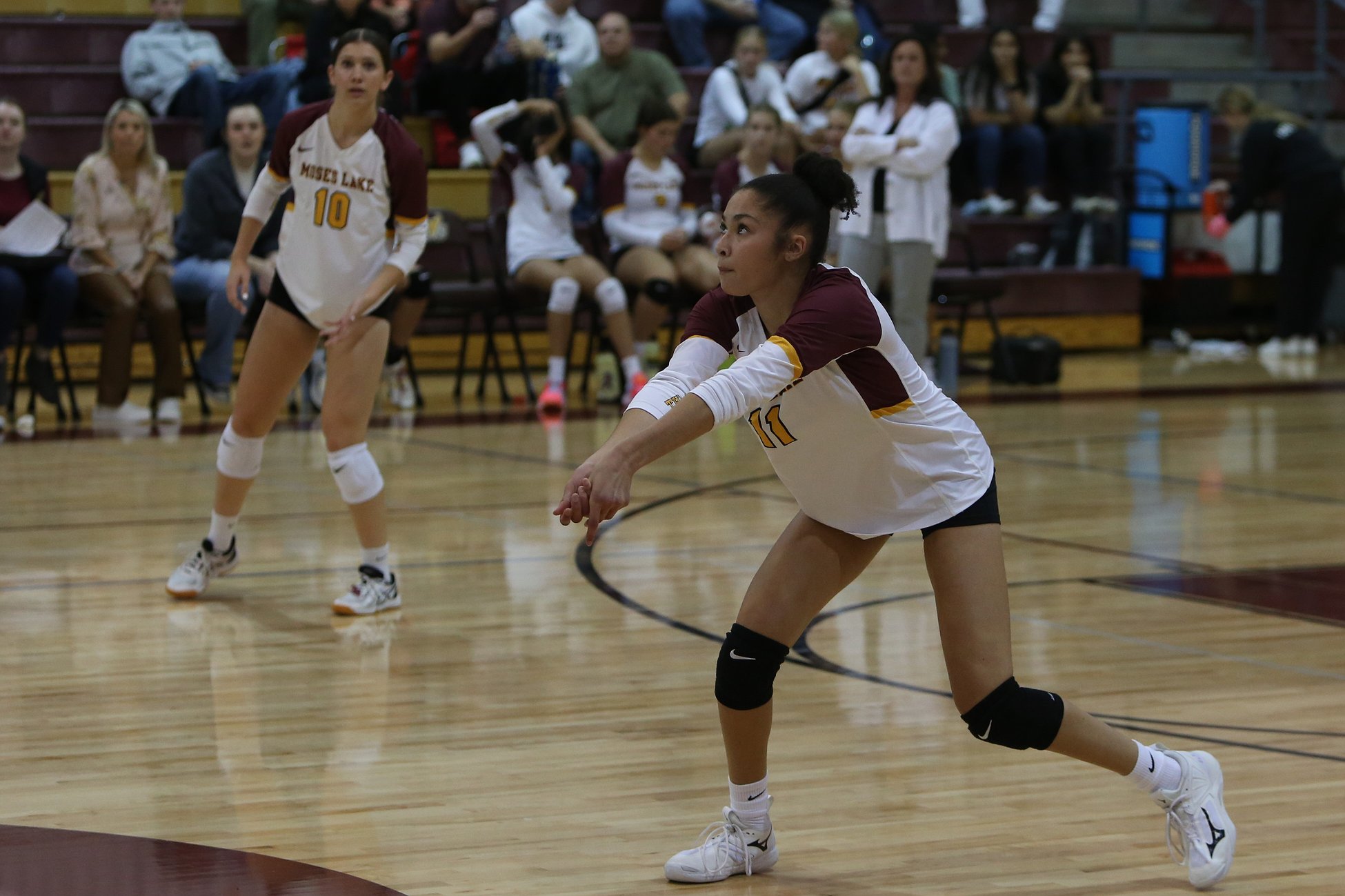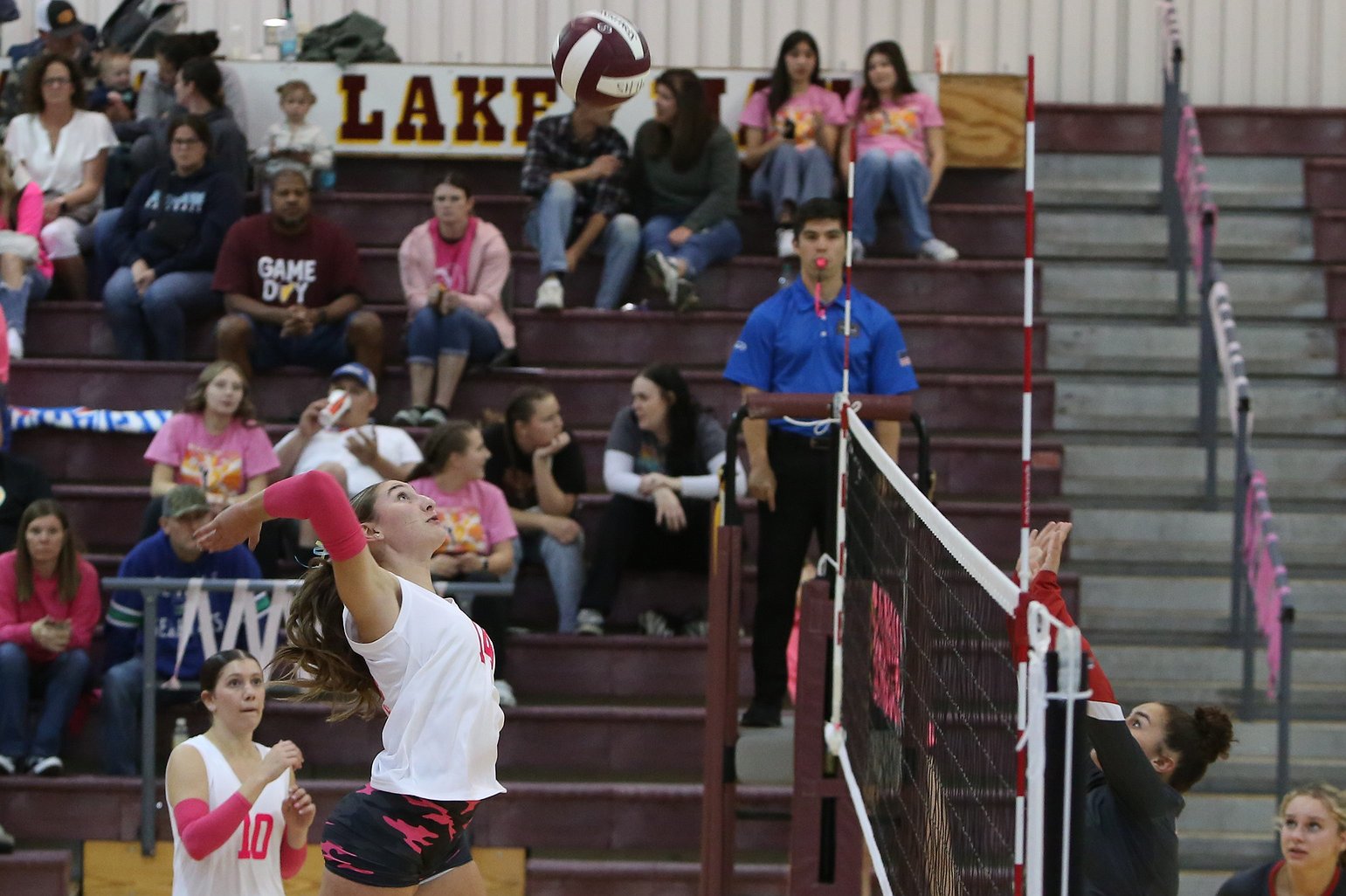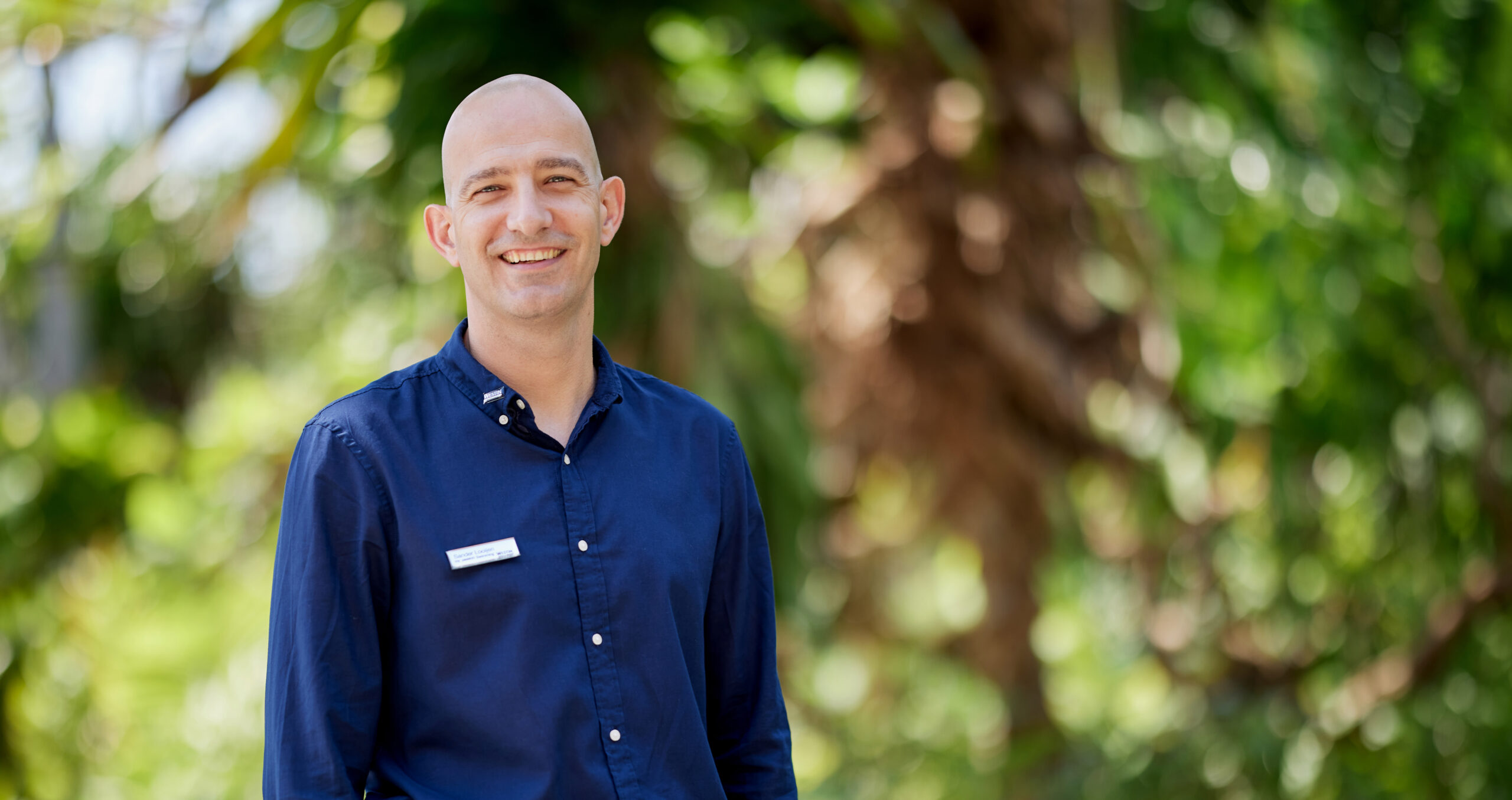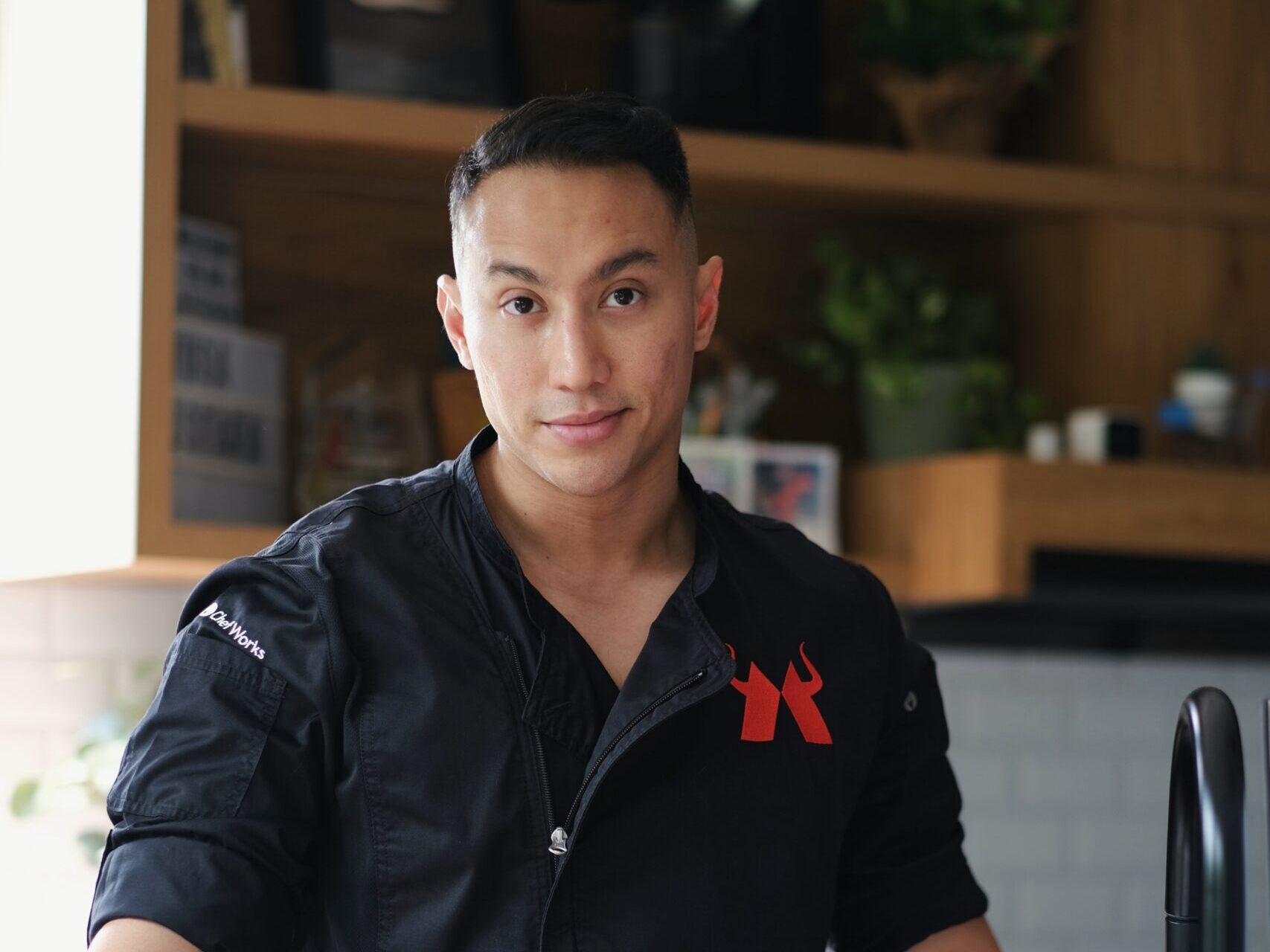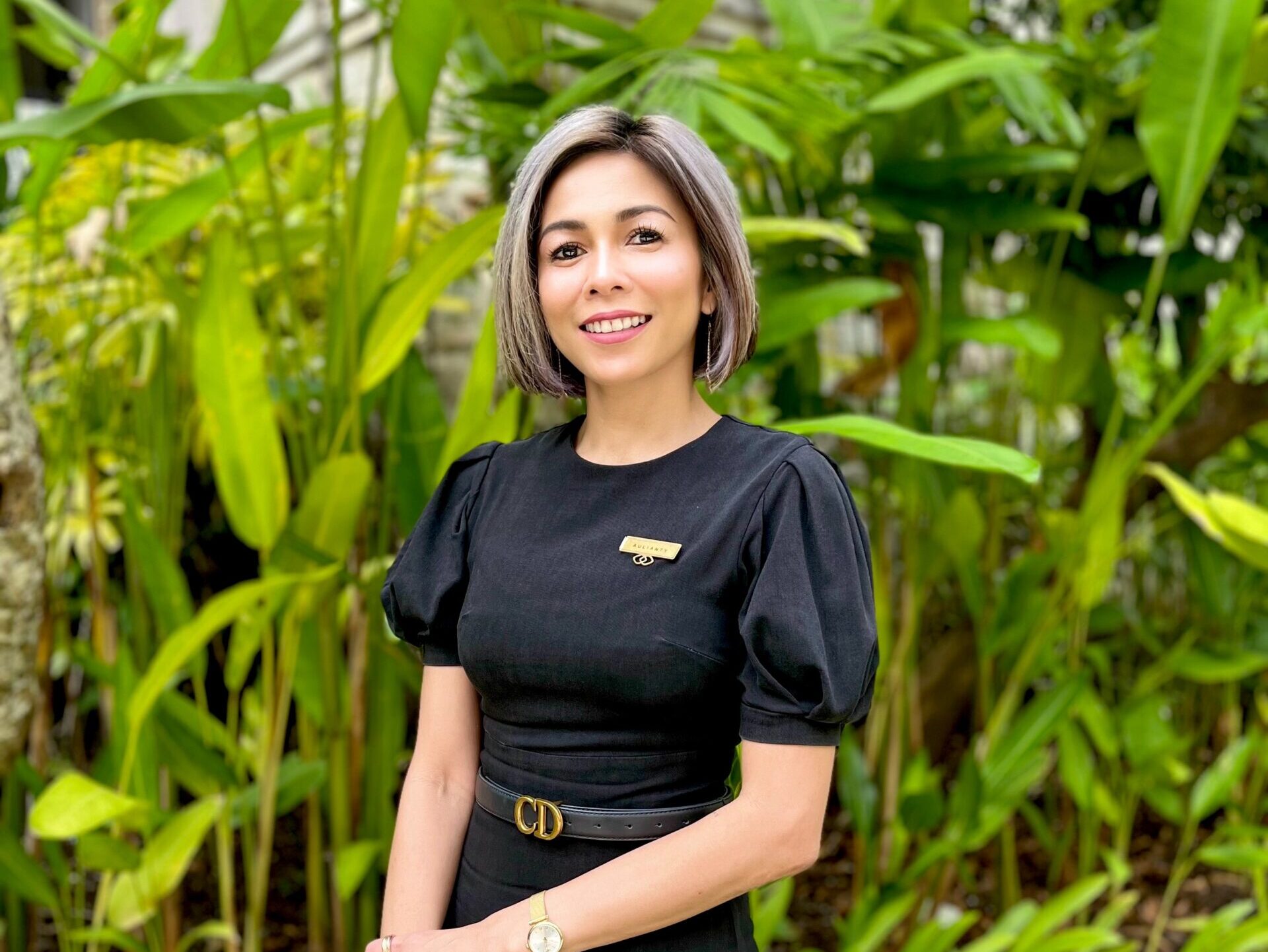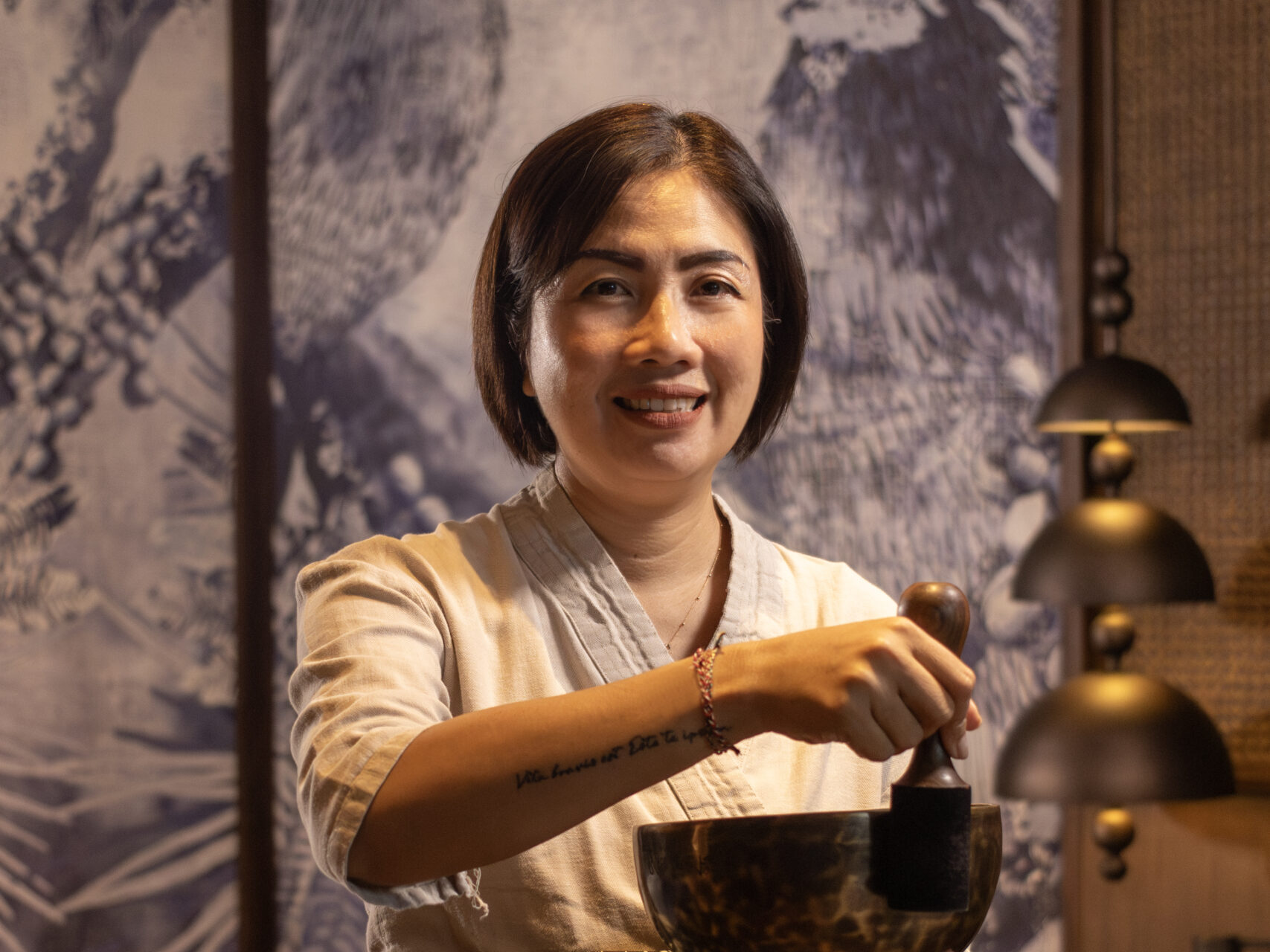UNIVERSITY PARK — What makes a championship-winning team?
Pure talent? Cohesion amongst players and staff? Experience? Luck?
There’s no correct answer. No evidence to fully comprehend what it takes to reach the summit. But over a given high school athletic season, programs align the pieces, check off the boxes and identify the values that make the engine hum.
In rare instances, the segments click into place. Blossom into a gold-medal outcome.
I had the privilege of covering both PIAA boys volleyball champions this spring. On Saturday, I assisted in the coverage of Manheim Central lifting its first Class 2A title in program history. At my previous employer, I thoroughly followed Cumberland Valley, the Class 3A victor.
The Barons imposed their payback at Penn State University’s Rec Hall, dispatching District 10 champion Meadville 3-1 — by scores of 21-25, 25-23, 25-16 and 27-25 — after settling for silver against the Bulldogs in 2024. The Eagles, completing an undefeated campaign, swept District Seven stronghold North Allegheny in 25-21, 25-21, 25-12 fashion.
“It’s probably the calmest I’ve been in a championship match,” Central coach Craig Dietrich said, “because they knew what they needed to do. Very few small adjustments we made today, but I trust them very greatly.”
Two teams. Two identities. The same result.
What Central thrived in, CV was shorthanded. What the Eagles succeeded in, the opposite for the Barons.
Don’t twist it, there was plenty of crossover to go around. Senior leadership, for example.
Central started five seniors. CV fielded six. Most logged significant minutes as underclassmen and juniors, the springboard to their fruitful ending.
“We said (to each other), ‘Stay focused. Stay in the moment. Stay present,’” Barons senior outside Reagan Miller said. “Because the state championship only happens once a year. So that was kind of the message throughout playoffs.”
COLUMN: Manheim Central will enjoy view from the top of PIAA Class 2A volleyball mountain
Speaking of the postseason, that’s where the Barons and Eagles’ one-way ticket to gold mapped separate routes. Manheim met its adversity in the Lancaster-Lebanon League final, suffering a 3-1 setback — its only loss of the season — to Cedar Crest. Cumberland Valley, which hadn’t dropped a set all spring, was momentarily derailed when Central York stole a game in the District Three title tilt.
Where did the eventual PIAA champs recenter? In each match following their respective delay.
The Barons used Crest’s clipping as scripture and won their ensuing 18 sets. The Eagles, albeit a set loss to Governor Mifflin in the state semifinals, ousted Unionville, Abington Heights and the Mustangs with game victories of 25-7, 25-9, 25-10 and 25-11 nature.
Central and CV were vulnerable to the knockdown. But they regained anchorage, raised the flags and set sail with little turbulence.
“We’ve all been in that situation before,” Barons senior setter Dylan Musser said. “… It’s just something we know that we can do, that we’re capable of. And we showed it.”
“Showing it” can come in all shapes and sizes. From the front row to the back corners of the court. The Barons and Eagles hugged the parallel line of talent.
Manheim landed six players on the District Three 2A all-star list, as did CV in the 3A contingent. For L-L Section Two, Miller and Musser shared MVP honors, and six Barons earned all-star admission. In the Mid-Penn Commonwealth, Eagles setter Isaiah Sibbitt was tabbed Player of the Year, leading six all-division selections.
It doesn’t get more linear. Covered from the front, back, middle and outside. No empty gaps, no holes to exploit.
“Our whole team knew what was at stake,” Musser said. “For us seniors, this was our last shot. We just gave it our all.”
Desire was the gulf between Central and CV. Not that the Eagles didn’t have the gold-medal itch. But the Barons’ itch, after two prior whiffs and a rematch with the Bulldogs, became a scratch and then a scar.
Central clotted the proverbial bleeding Saturday. All the aches, cramps and throbs of last year’s sting were bandaged. No more “what if?”
“We wanted this all year, getting back to the state ‘chip, and we knew we could,” Musser said. “Playing Meadville made it even better. You get that rematch, and then especially beating them. It feels amazing. We felt we were the better team last year, but it didn’t go our way. But this year, we just battled through it and got our revenge.”
CV didn’t have the dejection, the sorrow of a state-championship loss hanging over its head. The Eagles’ last final appearance — and only other — came in 2008 when they outlasted Central York in five sets. Manheim Central joined Hempfield — a 10-time PIAA champion — and Conestoga Valley (1983) in L-L boys volleyball royalty.
“It’s a very small group of teams that have done it,” Dietrich said. “It is pretty cool to bring it back, and I think the community really rallied around us and supported us.”
The question still stands: what makes a championship-winning team?
The Barons and Eagles don’t have the answer key, but they had the tools to solve the riddle. The means to reach the summit.
Two teams with two identities, authoring the same result.
![16 L-L League boys volleyball standouts earn District 3 all-star honors, including Class 2A Player of the Year [lists]](https://bloximages.newyork1.vip.townnews.com/lancasteronline.com/content/tncms/assets/v3/editorial/6/00/600c46b7-60a3-4360-be22-3cb1620dcbe0/684481ab7de80.image.jpg?resize=150%2C125)




